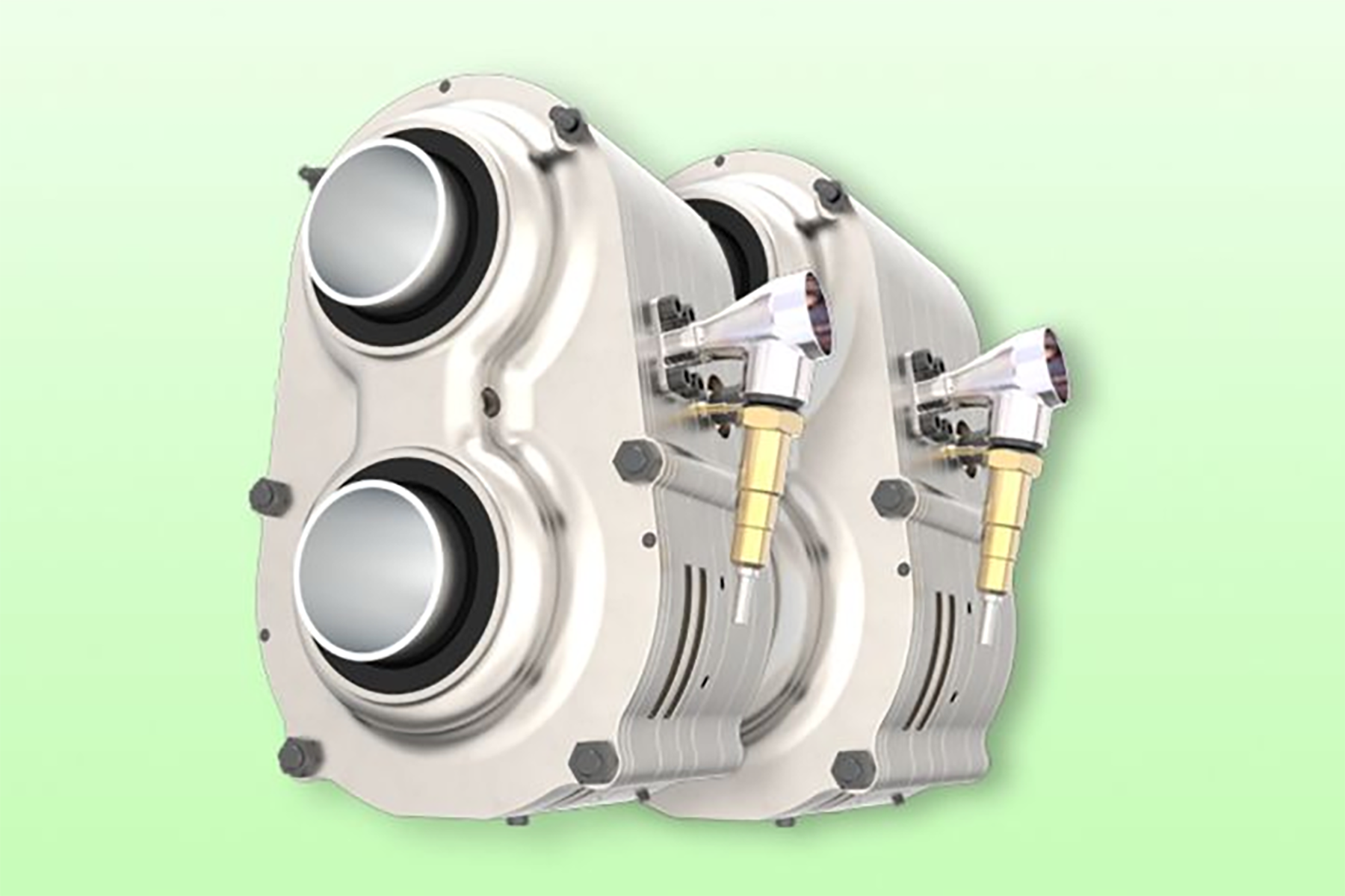TK4
Well-known member

Motor Mouth: Is this the future of internal combustion?
The solution to zero-emissions internal combustion for cars, hybrids and even motorcycles may come from the aerospace industry

I completely missed the fact that the prototype was 'running' on compressed air.
I think the point was it was disingenuous. They show it and hope you interpret the video as a running prototype. If they were being straightforward, the fact that it was absorbing instead of producing power would have been hilited. It's ok to have a prototype running with help. Figuring out timing, fueling, etc on something completely different may take some work and compressed air cuts you some slack with internal leakage. You can tighten tolerances on the next revision.Not a new concept. Small air powered vehicles have been around for decades but are very limited in their uses and range.

